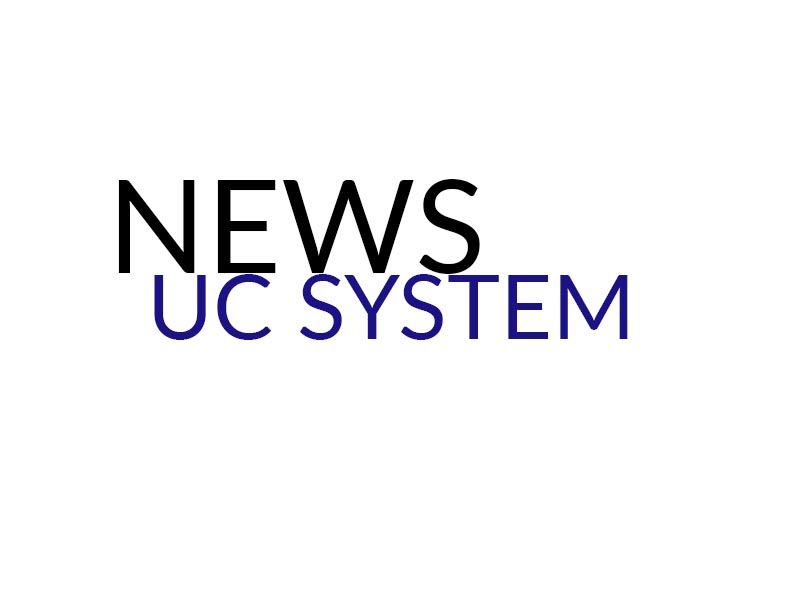UCSD students should expect tuition to rise between 4 and 5 percent for the next school year, according to a member of the UC Board of Regents.
 For the past three years, tuition has remained stagnant across the University of California system. However, while tuition was frozen, expenses continued to grow, which led UC Regents Board Member George Kieffer to speculate in an interview with the UCSD Guardian that tuition will likely rise soon.
For the past three years, tuition has remained stagnant across the University of California system. However, while tuition was frozen, expenses continued to grow, which led UC Regents Board Member George Kieffer to speculate in an interview with the UCSD Guardian that tuition will likely rise soon.
Kieffer said he presumed that the raise would affect both in-state and out-of-state students.
“It’s difficult to foresee a healthy future without building tuition in some way,” Kieffer said. “I think we should be prepared to face a sense of reality that tuition cannot be frozen forever, and in the end that’s not sustainable [or] a solution.”
Kieffer, who has been a Regent since 2009, said he feels tuition increases, when necessary, should not come as a shock to families.
“It would be smarter to make these increases smaller and consistent and to provide some planning ability for parents and students, rather than to [make] dramatically larger increases without any advance notice,” he said.
The state has slowly withdrawn funding from UC campuses for the past 20 years, which has reduced UCSD’s funding to one-third of the amount it had previously received from the state. Along with this, Gov. Jerry Brown recently vetoed a $50 million funding bill that was aimed at addressing deferred maintenance in UC facilities.
As a result, Kieffer explained that the UC Regents have taken several steps in dealing with the lack of funding, such as the implementation of the Working Smarter Initiative and increased efforts in private and statewide philanthropy.
The Working Smarter Initiative is the implementation of a systemwide change that will combine the purchasing power of all UC campuses and reduce UCSD’s expenditures, which will allow more money to be funneled into programs such as teaching and research.
Kieffer also commented on placing a potential cap on the amount of out-of-state students that UCSD accepts due to complaints from the public that not enough California students are being admitted. He explained that every accepted out-of-state student’s tuition payments fund an in-state student’s tuition. Therefore, it is a balancing act of how much space and money are available, along with a cultural balancing act of what type of student body is best for UCSD.
“Our position thus far has been that we are not [limiting in-state students] — we’ve taken every [in-state] student, and we’ve actually created more resources by taking out-of-state students, [which is] helpful in a time of economic tightening,” Kieffer said. “So, how much we can continue to do — that is a question that I have, [but] I think within a year we’ll have an answer, if not sooner.”
The University of California Student Association released a petition that went live on Oct. 30 which demands that the UC system roll back tuition levels. When the Guardian questioned Kieffer on the scope of impact that the petition might have on the regents’ decision to increase tuition, he explained that it does not want to raise tuition but that it has run out of options.
“In the end, we’re going to have to make a judgment about whether there is a tuition increase or not on what’s best overall for the University and its continued success,” Kieffer said. “But a petition itself doesn’t change things, [and] we’re at a point where the low-hanging fruit is not available.”








